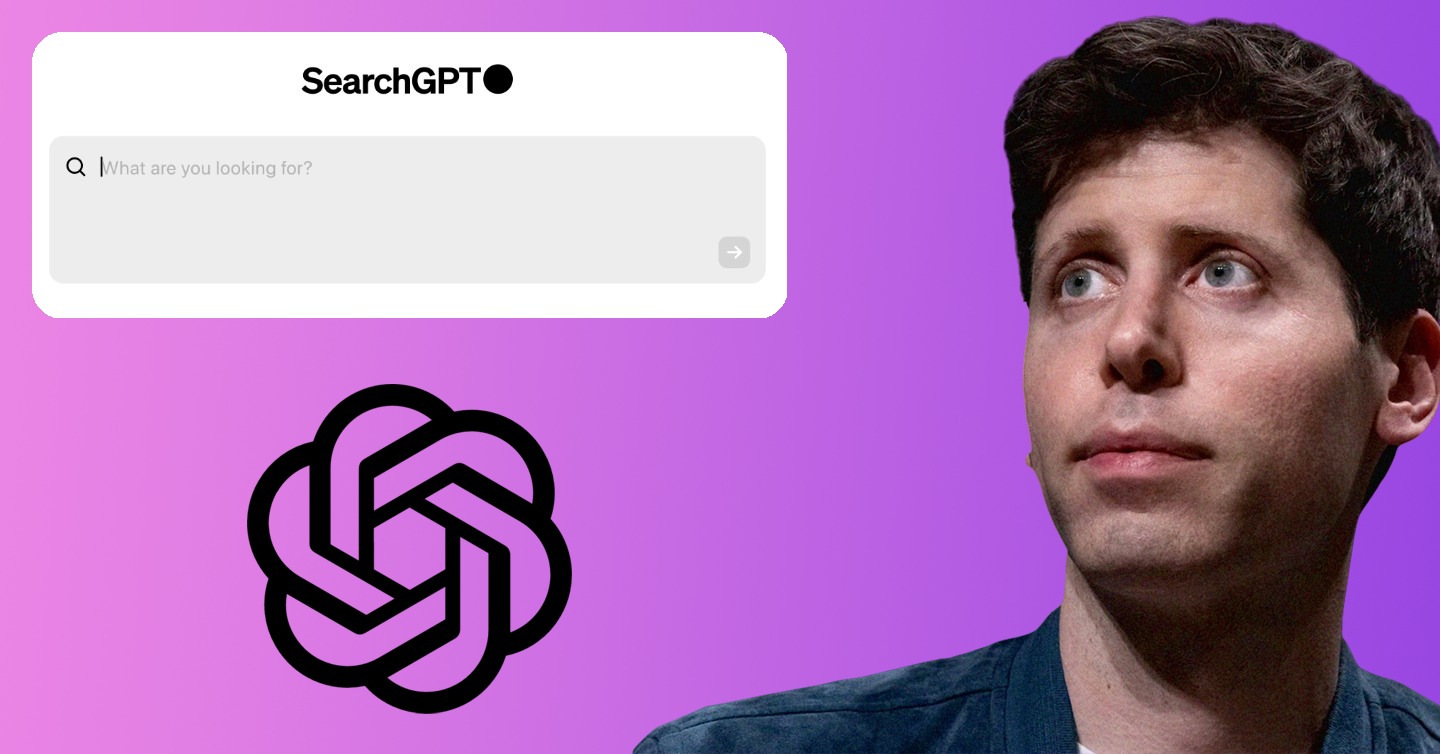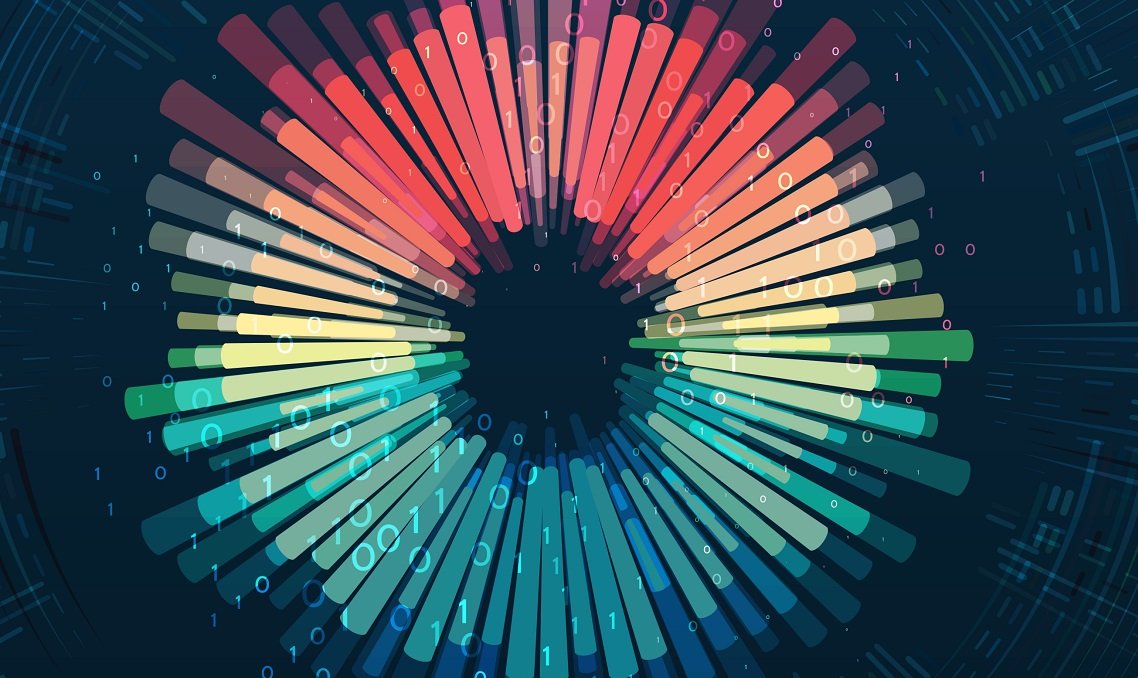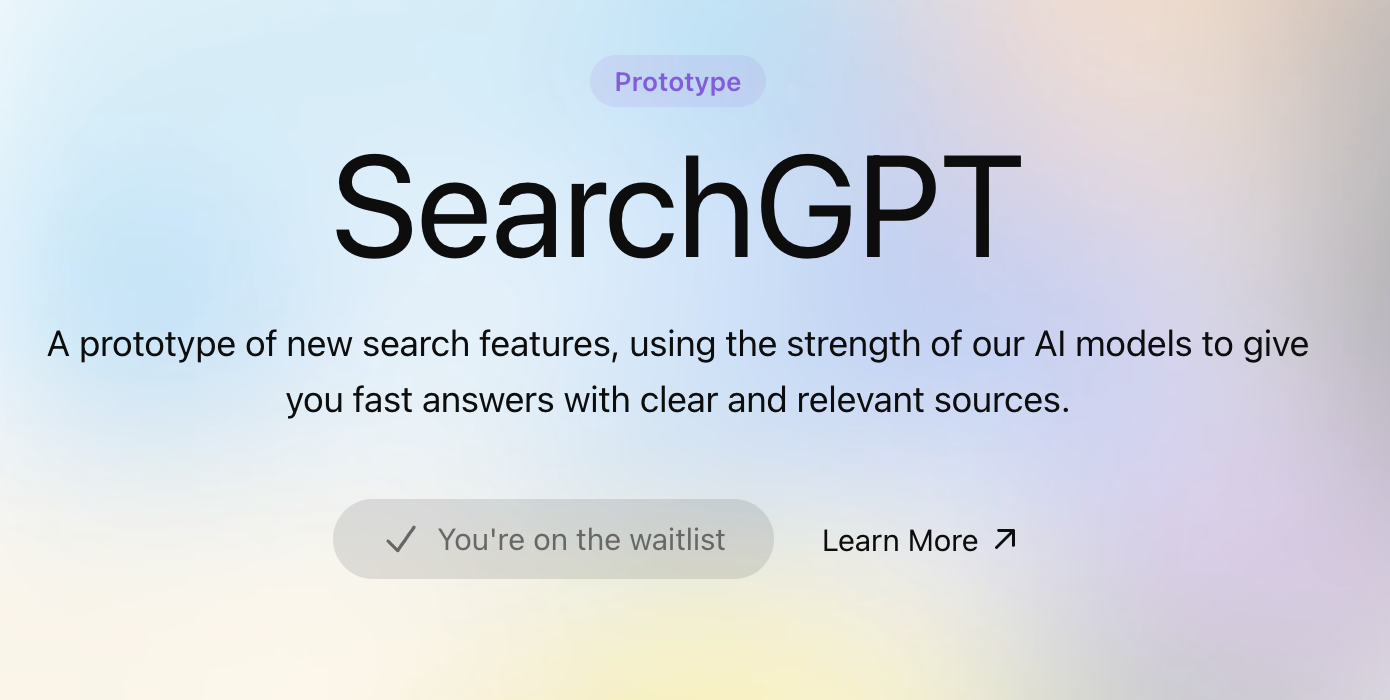SearchGPT: Top 3 Exciting Things You Might Have Missed

The recent OpenAI announcement of SearchGPT has hit the headlines over the last 24 hours. With some information teased in the announcement, the new temporary prototype aims to introduce new AI search features to the market. Claiming to provide fast and timely answers backed up by relevant sources, SearchGPT could be a game changer in improving current AI search engine experiences. We wanted to look underneath the surface and speculate on 3 different ways SearchGPT could become the future of AI-powered online browsing.
Integration of Real-Time Data Streams
The mention of "real-time data" integration suggests that SearchGPT will pull the latest information from various sources. This is a big evolution from ChatGPT’s current browser tool, which requires user prompts to fetch real-time information. While ChatGPT with the browser tool relies on website content, SearchGPT may use data streams to find information such as live sports scores, financial market fluctuations, and breaking news events. This could be done through methods like direct feeds from data providers, continuous monitoring of information sources, and instant processing to ensure up-to-date responses. For users, this means SearchGPT could provide instant updates on ongoing events, making it a more powerful and timely tool than the current system.

User Intent Recognition
The announcement emphasises SearchGPT’s ability to “provide contextually relevant responses based on the conversational history.” This suggests that SearchGPT is designed to understand and infer user intent by learning from previous interactions. Unlike the current ChatGPT, which processes each query independently, SearchGPT aims to create a seamless flow of conversation. By analysing the context and intent behind a series of queries, it can dynamically adjust its responses.
For instance, if a user starts with a broad question about travel destinations and narrows it down to specific activities in a chosen city, SearchGPT can follow this progression. Based on the context, answers can be adjusted accordingly to provide more refined and relevant information. This conversational memory allows SearchGPT to offer a more intuitive search experience, reducing the need for clarification. For example, SearchGPT might automatically suggest local attractions, hotels and dining options based on previous preferences.

Advanced Personalisation
SearchGPT has the potential to take personalisation to a new level by deeply integrating with user behavior and preferences over time. The announcement by OpenAI hints at using conversational history to improve context, which could include detailed user profiles, preferred content types and interaction patterns. Unlike Google, SearchGPT could actively learn from every interaction to tailor responses more precisely to each user.
For instance, if a user frequently searches for technology news, SearchGPT could predict the next piece of content that will be helpful based on large amounts of data points. By integrating with personal data sources, SearchGPT could offer proactive, context-aware reminders, preparation tips, or relevant news tied to their scheduled activities. This holistic approach to personalisation could transform SearchGPT into a comprehensive digital assistant, offering both search results and actionable insights seamlessly integrated into daily life.

How do you Use SearchGPT?
You have to join the waitlist to get access to SearchGPT. All you need to do is visit https://chatgpt.com/search, log in if prompted, and click to join the waitlist. As it’s still in the prototype stage, access to SearchGPT is limited and people will be emailed as and when they are allowed to test the new features. There is no information on when you will get access to SearchGPT after signing up to the waitlist, if at all.
For now, SearchGPT is “launching to a small group of users and publishers“ to get feedback, but it is planned to integrate the new features directly into ChatGPT in the future.

SearchGPT vs Google - The Future of Search Engines
The future of search engines and the role AI tools like SearchGPT play is unclear, but at least in the short term, I don’t see Google going anywhere. New search features will be an interesting look into how ChatGPT might be better than Google one day - but it won’t be easy to get rid of Google for good.
As OpenAI have stated, SearchGPT features will be merged into the main product one day. This means the question of ChatGPT vs Google will likely be asked for years to come, and as AI search features continue improving, the lines will continue to blur between traditional search engines and AI powered solutions.


